Rendering a narrow road difficult to impassible with the use of the surrounding woodland can be good to know although you may never use it. In the advent of some unforeseen doom and gloom it is a good bet that many will take to the hills and forests for shelter and sustenance. If enemies foreign or domestic are floating around it might be a good idea to render roads impassable; good choke points for ambushes or observation points. This action can also be used as a delaying tool to relocate yourself and company; remembering that in guerilla warfare land is never fought over or held and the proper move is to evade and escape; but that’s an article for another day.
I like these ideas because I grew up near and in the Rockies and most of the roads that I traversed qualify for these conditions. One thing of note to those less intuitive is don’t ever build one of these in a location where the enemy can simply drive around your barrier, as it serves zero purpose aside from a good workout. If it’s open terrain you really shouldn’t be choosing it as a hole up location, let alone trying to defend it in the first place.
ABATIS
“An abatis is an obstacle created by cutting down trees so their tops are crisscrossed and pointing toward the expected enemy direction. It is most effective for stopping vehicles in a forest. The trees are left attached to the stumps as high as possible to make removal more difficult. This obstacle may be reinforced with mines and booby traps.”
Ideally the trees are dropped in sequence utilizing explosives, but a chain saw or even a wood cutting ax can be a descent improvised tool. The intent is to overlay the trees so that they form a weave as difficult as possible for the enemy to pass; the weight of the trees is used to hold the entire structure in place.
“Abatis can be useful on roads and narrow movement routes.”
LOG CRIB
“A log crib is an obstacle constructed of logs, earth, and rocks. The logs are used to make cribs, which are filled with earth and rock. These are used to block narrow roads and defiles.”
This takes a little more time to prepare and is not generally utilized unless you are more limited with your resources. Some steep mountain roads are relatively devoid of trees but still good choke points for motorized traffic.
The Japanese recognize that abatis are easy to destroy, but they frequently use them in areas where trees are plentiful. Figure 132 shows a type made by cutting away the smaller branches of tree limbs, sharpening the ends of those remaining. The Japanese sometimes construct abatis by feeling trees at a height of 2 to 3 feet from the ground; the trees, not completely cut loose from their stumps, are felled in the direction of opposing forces, and their limbs are prepared much in the same manner shown above.
Other considerations might be a spike strip if you suspect tracked vehicles; bearing in mind that the majority of military vehicles have run flats. With an LP/OP (listening post/observation post) in place this can be a quick way for a person up road to booby trap and delay an enemy convoy’s movements. I have two sets in my apocalypse shelter for just such a purpose.
If you want to pull up your kilt hose, latch on your sporran, and dig in some Braveheart style wooden pikes (for the terminology novice those are wooden poles stuck in the ground and facing the enemy, with the tips sharpened). Military friends who have spent time working on and patrolling the Mexico American border have told me that many parts of the boarder are little better than steel poles anchored into the ground for the sole purpose of stopping vehicles.
Using vehicle can be a waste of resources, and if you do use them as a permanent obstacle make sure they are left immobile by removing the tires.
As with all things situation will dictate what is possible and practical. If you are interested I referenced the FM 90-7, and FM 7-7.
Jon
lonesentry.com

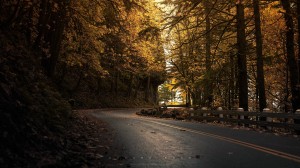
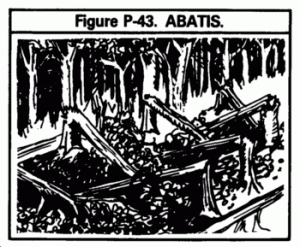
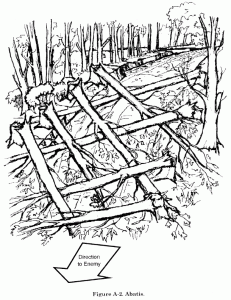

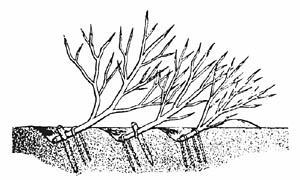
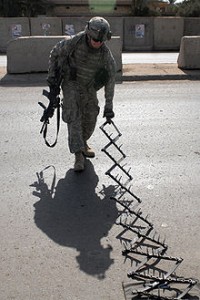
Leave a Reply